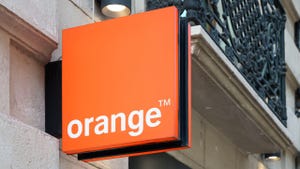Network Technology
More Topics
The word AI made out of circuits overlaid with a photo of an outstretched hand, appearing as though the person is holding the graphic
AI & Machine Learning
Energy-saving AI, or Norway-style green hypocrisy?Energy-saving AI, or Norway-style green hypocrisy?
Amid widespread telecom sector enthusiasm for AI, telcos look set to become increasingly reliant on energy-guzzling Big Tech firms as suppliers.
Subscribe and receive the latest news from the industry.
Join 62,000+ members. Yes it's completely free.


.jpg?width=700&auto=webp&quality=80&disable=upscale)
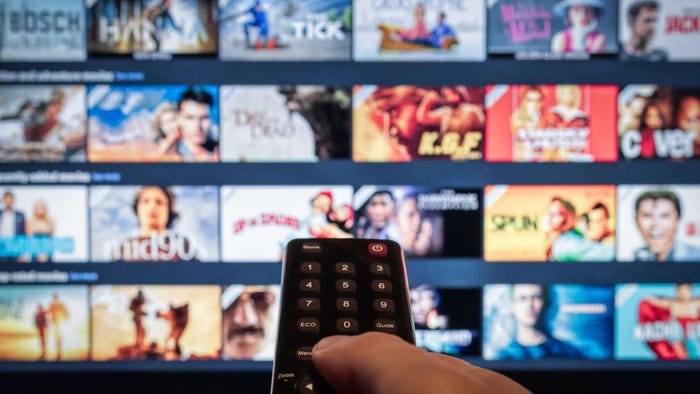

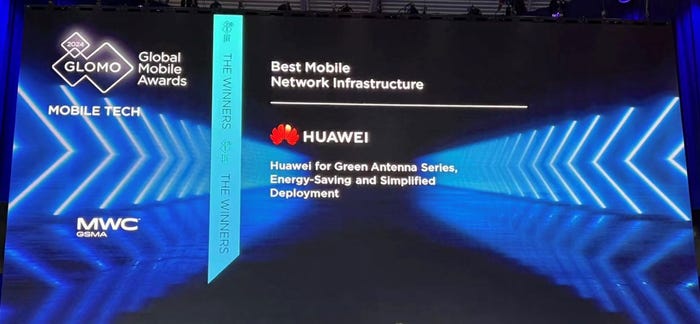


















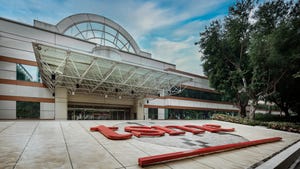


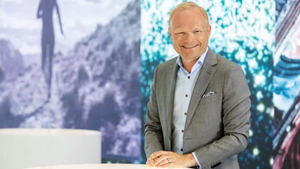

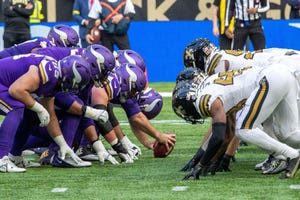











.jpg?width=300&auto=webp&quality=80&disable=upscale)


